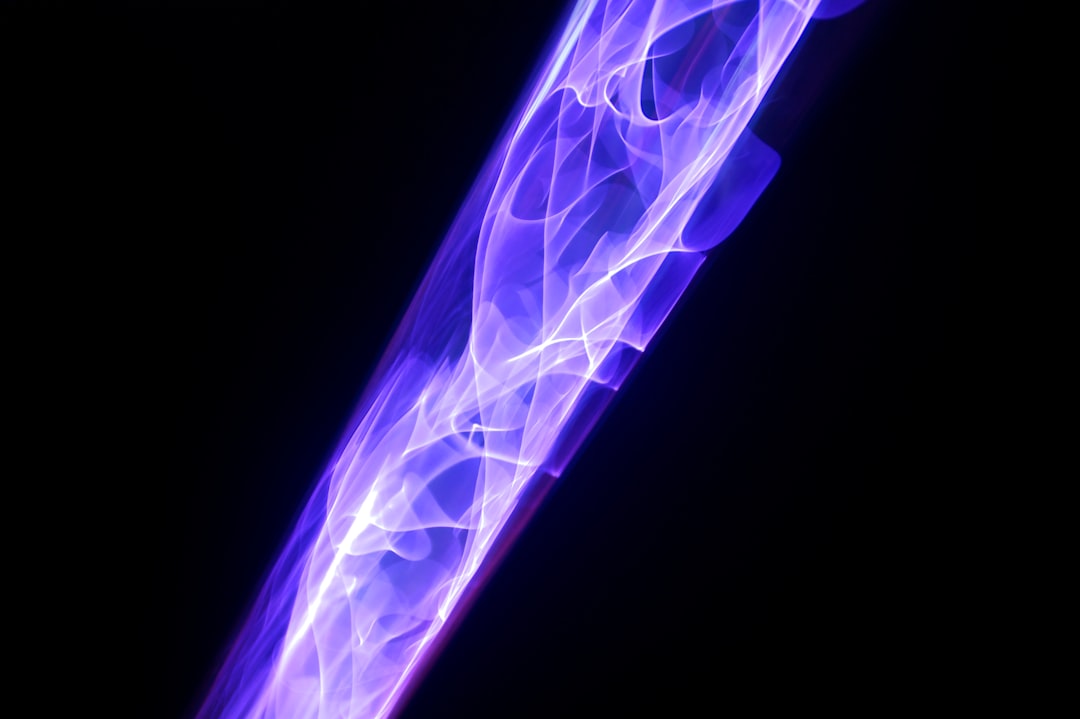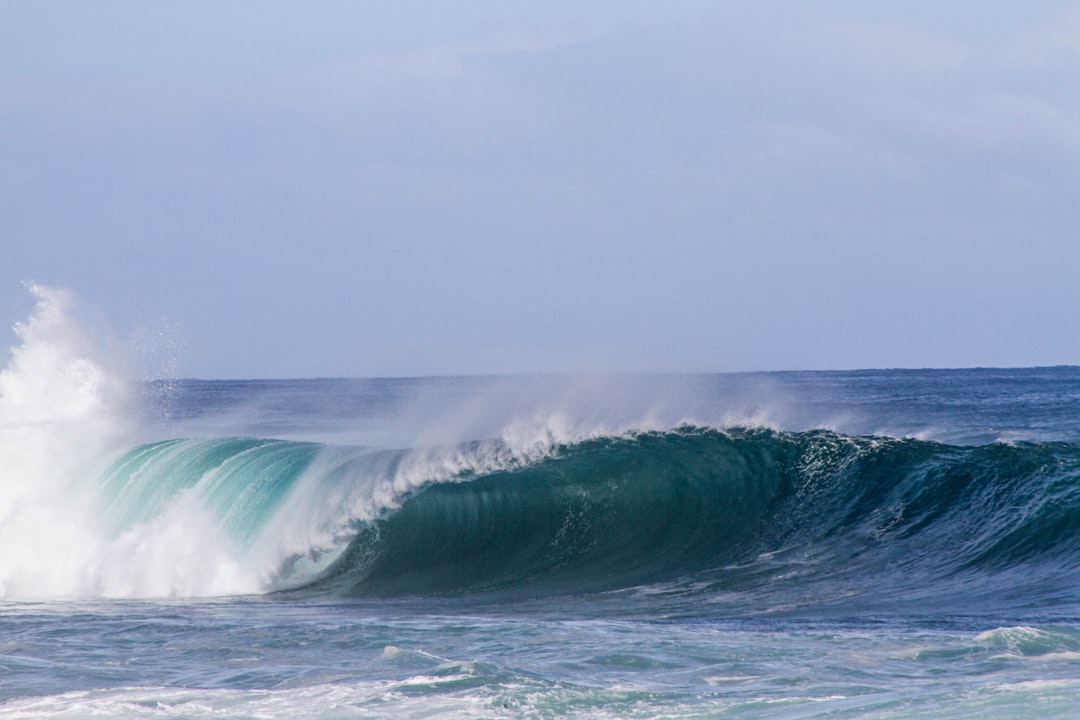What is it about?
A self-consistent two-dimensional model is proposed to account for the transient mesospheric nighttime optical emissions associated to possible intracloud (IC) lightning occurring in the Venusian troposphere. The model calculates the mesospheric (between 75 km and 120 km in altitude) quasi-elestrostatic electric field and electron density produced in response to IC lightning activity located between 40 km and 65 km in the Venusian cloud layer. The optical signatures and the densities of perturbed excited atomic and molecular neutral and ionic species in the mesosphere of Venus are also calculated using a basic kinetic scheme. The calculations were performed for different IC lightning discharge properties. We found that the calculated electric fields in the mesosphere of Venus are above breakdown values and that, consequently, visible transient glows (similar to terrestrial Halos produced by lightning) right above the parent IC lightning are predicted. The transient optical emissions result from radiative deexcitation of excited electronic states of N2 (in the ultraviolet, visible and near-infrared ranges) and of O(1S) and of O(1D) in, respectively, the green (557 nm) and red (630 nm) wavelengths. The predicted transient lightning-induced glows from O(1S) can reach an intensity higher than 167 R and, consequently, be above the detection threshold of the Lightning and Airglow Camera instrument aboard the Japanese Akatsuki probe orbiting Venus since December 2015. However, according to our model, successful observations of transient lightning-induced optical glows could only be possible for sufficiently close (300 km or maximum 1000 km) distances.
Featured Image
Why is it important?
The predicted transient lightning-induced glows from O(1S) can reach an intensity higher than 167 R and, consequently, be above the detection threshold of the Lightning and Airglow Camera instrument aboard the Japanese Akatsuki probe orbiting Venus since December 2015.
Read the Original
This page is a summary of: Mesospheric optical signatures of possible lightning on Venus, Journal of Geophysical Research Space Physics, July 2016, American Geophysical Union (AGU),
DOI: 10.1002/2016ja022886.
You can read the full text:
Contributors
The following have contributed to this page










